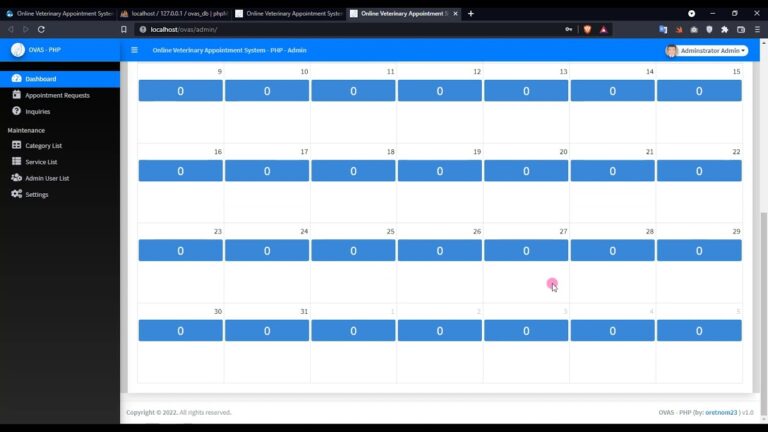Lead nurturing is a process used by businesses to identify and convert leads into customers. It is an essential part of any successful marketing strategy and can help to increase sales and generate more leads. Lead nurturing involves a series of steps that help to build relationships with prospects and move them through the sales funnel.
Lead nurturing starts with identifying leads. This can be done through various methods such as web forms, email campaigns, social media, and other digital marketing channels. Once leads have been identified, the next step is to segment them according to their needs, interests, and buying behaviors. This helps to ensure that the right messages are being sent to the right leads.
Once leads have been segmented, the next step is to engage them. This can be done through email campaigns, social media posts, webinars, and other content. It is important to provide content that is relevant and engaging to the leads. This helps to build relationships and establish trust with the leads.
The next step in lead nurturing is to nurture relationships. This can be done by providing valuable content such as eBooks, white papers, and other resources. It is also important to stay in touch with leads through email campaigns, webinars, and other forms of communication. This helps to build relationships and keep leads engaged.
The final step in lead nurturing is to convert leads. This can be done by providing leads with special offers, discounts, and other incentives. It is also important to track leads and their progress through the sales funnel to ensure that they are being nurtured correctly. This helps to identify leads that are ready to make a purchase and those that may need additional nurturing.
Benefits of Lead Nurturing
- Increase sales and revenue.
- Generate more leads.
- Improve customer engagement.
- Build relationships with prospects.
- Provide relevant content to leads.
- Track leads and their progress.
Tips for Effective Lead Nurturing
- Identify your target audience.
- Segment your leads according to their needs.
- Create relevant and engaging content.
- Provide valuable resources to leads.
- Stay in touch with leads through email campaigns and other forms of communication.
- Track leads and their progress.
- Provide incentives to convert leads.
Conclusion
Lead nurturing is an essential part of any successful marketing strategy. It helps to identify leads, segment them according to their needs, engage them with relevant content, and convert them into customers. There are many benefits to lead nurturing such as increased sales and revenue, more leads, improved customer engagement, and better relationships with prospects. By following the tips outlined above, businesses can ensure that their lead nurturing efforts are effective and successful.




